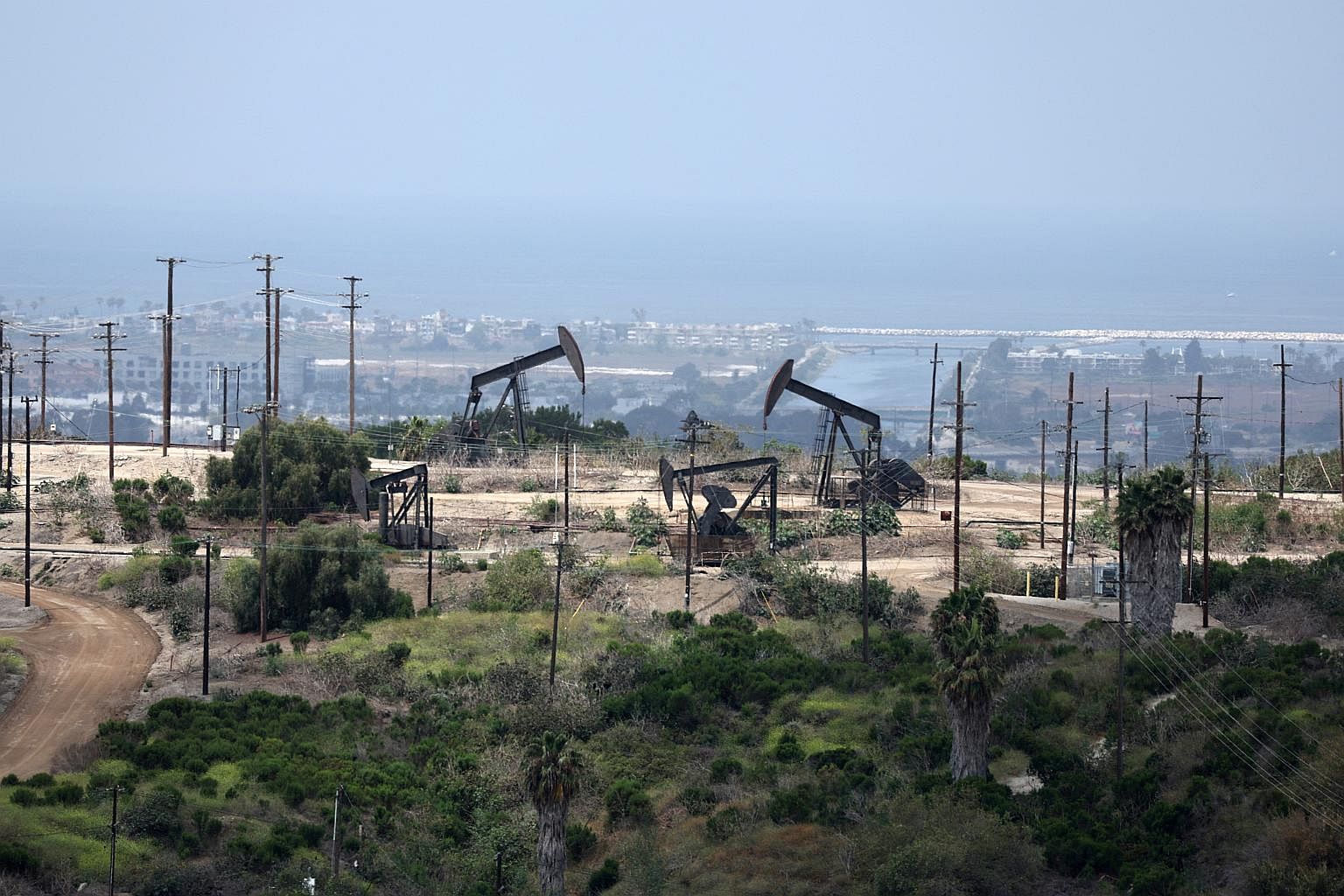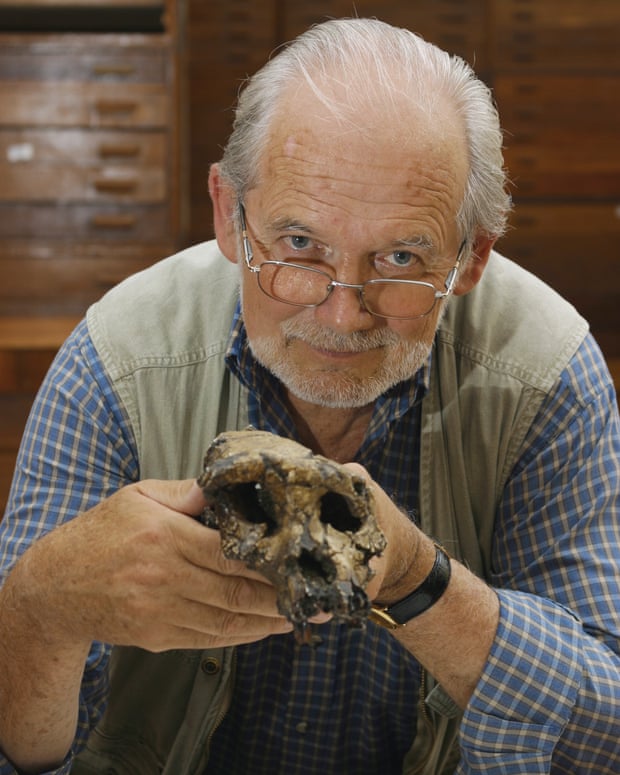TC Energy, Indigenous partners fall out after end of Keystone XL
, Bloomberg News
An Indigenous-backed energy company is seeking $50 million (US$38.2 million) from pipeline operator TC Energy Corp. after a falling out between partners on the now-abandoned Keystone XL project.
Natural Law Energy Inc., a group representing a number of Indigenous communities in Western Canada, is asking for “financial compensation for all the losses of income and the lost opportunities for future income” associated with an investment agreement signed in November 2020, according to a letter signed by Natural Law Chief Executive Officer Travis Meguinis and seen by Bloomberg News.
Natural Law agreed that year to invest as much as $1 billion in Keystone XL. US President Joe Biden pulled a key permit after taking office in January 2021, squelching plans to complete the 830,000-barrel-a-day pipeline.
Natural Law’s memorandum of understanding with TC Energy included possible equity stakes in other projects, according to Meguinis’s letter. But no deals came to fruition and TC Energy informed Natural Law that it intends to end the investment agreement, the company said in an email.
“Following the termination of the Keystone XL Pipeline project, TC Energy sought but was unsuccessful in identifying other commercial opportunities for investment with Natural Law Energy that met our shared goals and interests,” Calgary-based TC Energy said in a statement emailed to Bloomberg. “We have a long-standing relationship with the signatory Nations and remain committed to working directly with each Nation to understand their priorities and seek future opportunities to work together.”
'BAD FAITH'
Companies including TC Energy and Suncor Energy Inc. have turned to alliances and equity partnerships with Indigenous groups in try to overcome overcome opposition to building new projects. Energy infrastructure is seen by some people as a threat to Indigenous land and their traditional resources, though others back their involvement in pipelines as a way of alleviating poverty in those communities.
After Keystone XL’s cancellation, TC Energy and the Alberta government sought US$15 billion in compensation from the US government in a request for arbitration filed in November.
Natural Law was excluded from participating in the case and wasn’t told that such action would be brought, according to Meguinis’s letter. “This bad faith activity had damaged financial and economic opportunities for Natural Law” and its participating Indigenous groups, he wrote.
Meguinis declined to comment on his letter. “I don’t want to put any of our nations in jeopardy,” he said by phone. A phone call to Chief Alvin Francis, president and co-founder of Natural Law, through the offices of his Nekaneet First Nation wasn’t returned. An email to Chief Leonard Standing On The Road, director and co-founder of Natural Law, wasn’t returned.
After Keystone XL was canceled, Natural Law shifted focus to acquiring an equity stake in the Canadian government-owned Trans Mountain Pipeline. Prime Minister Justin Trudeau’s government has said it plans to sell the pipeline, which it bought from Kinder Morgan Inc. to save an expansion project running from Alberta to the Vancouver area.
Natural Law is seeking a 100 per cent stake in Trans Mountain and is competing with four other groups including Project Reconciliation, Nesika Services and Western Indigenous Pipeline Group, which has partnered with Pembina Pipeline Corp.


















